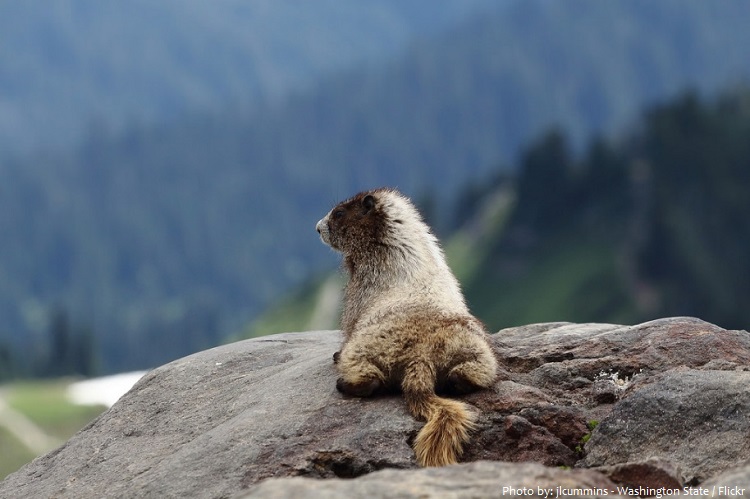

Rodents of naorth cascadea full#
Yet I always approached slowly, mentally prepared to encounter unpleasant conditions in need of remedy.Īlong Brush Creek at the isolated Graybeal Camp-on the third day of a five day hike that previously included stirring a composting toilet and bagging up human waste deposited inappropriately on the surface of the ground adjacent to a tiny stream-I arrived to find the privy nearly full to the brim. I would glance into every backcountry privy and assess its condition, which meant I looked into a lot of toilets during a typical multi-day trip.

Once filled to capacity a ranger or, more often, the trail crew digs a new hole nearby and moves the box seat over it or replaces it with a new one.Ĭhecking toilets was a frequent duty on the trail. A privy box sits above a too large hole at Fireweed Camp in North Cascades National Park. Except at boat-in sites and some high elevation camps, most are simple privies consisting of a box over a hand-dug hole in the ground. The luxuries of each camp vary-some are little more than a dirt tent pad-but one thing you can count on is some sort of toilet. North Cascades is cherry-stemmed with a well-maintained, extensive trail network and almost every trail is dotted with a few backcountry camps. I enjoyed those trips, especially the evenings when work was finished and I could relax at a secluded campsite looking at trees and watching for wildlife. Once every two weeks, I was assigned a three to five night backpacking route through the park and adjacent national recreation areas to assess trail and campsite conditions, make minor trail repairs, check to see that people complied with park rules, and generally ensure that people were having a good experience. In 2017, I was fortunate enough to work in North Cascades, one of the more rugged national parks in the contiguous 48 states. Take a short journey with me to North Cascades National Park. Yet, I want to take the opportunity to discuss what a backcountry ranger might deal with during their day on a trail. I’ll spare you the details of my dirtiest national park human waste story (pro tip: avoid the handrails in Carlsbad Cavern). And, if you’re a ranger you are bound to deal with poop at some point, sometimes often. With visitation in many national parks continuing to increase, more and more seemingly remote reaches of parks experience significant human waste issues.įor most of my adult life, I worked as a park ranger at several different national parks. Rarely do we give much thought to what happens after we flush a toilet or use an outhouse in a park.

While the ranger life is often romanticized in various ways, that friendly park ranger you meet on the trail could very well have been on their way to checking a seldom maintained privy or have just finished cleaning an unpleasant mess from the trailside. It’s a big and expensive effort to contain something we all do naturally. Along the route to Longs Peak in Rocky, the National Park Service installed new toilets that separate urine from solids and, purportedly, lessen the workload and hazards for rangers. It focuses on Rocky Mountain National Park’s effort to deal with human waste in alpine areas where the volume and lack of decomposition creates health hazards and pollutes water. The Guardian article is short and worth reading (h/t to blog reader Rebecca F.

There’s a dirty side to your national park experience and it doesn’t get talked about enough. A recent article in The Guardian ( ‘Worst work in the world’: US park rangers grapple with tide of human waste) got me thinking.


 0 kommentar(er)
0 kommentar(er)
